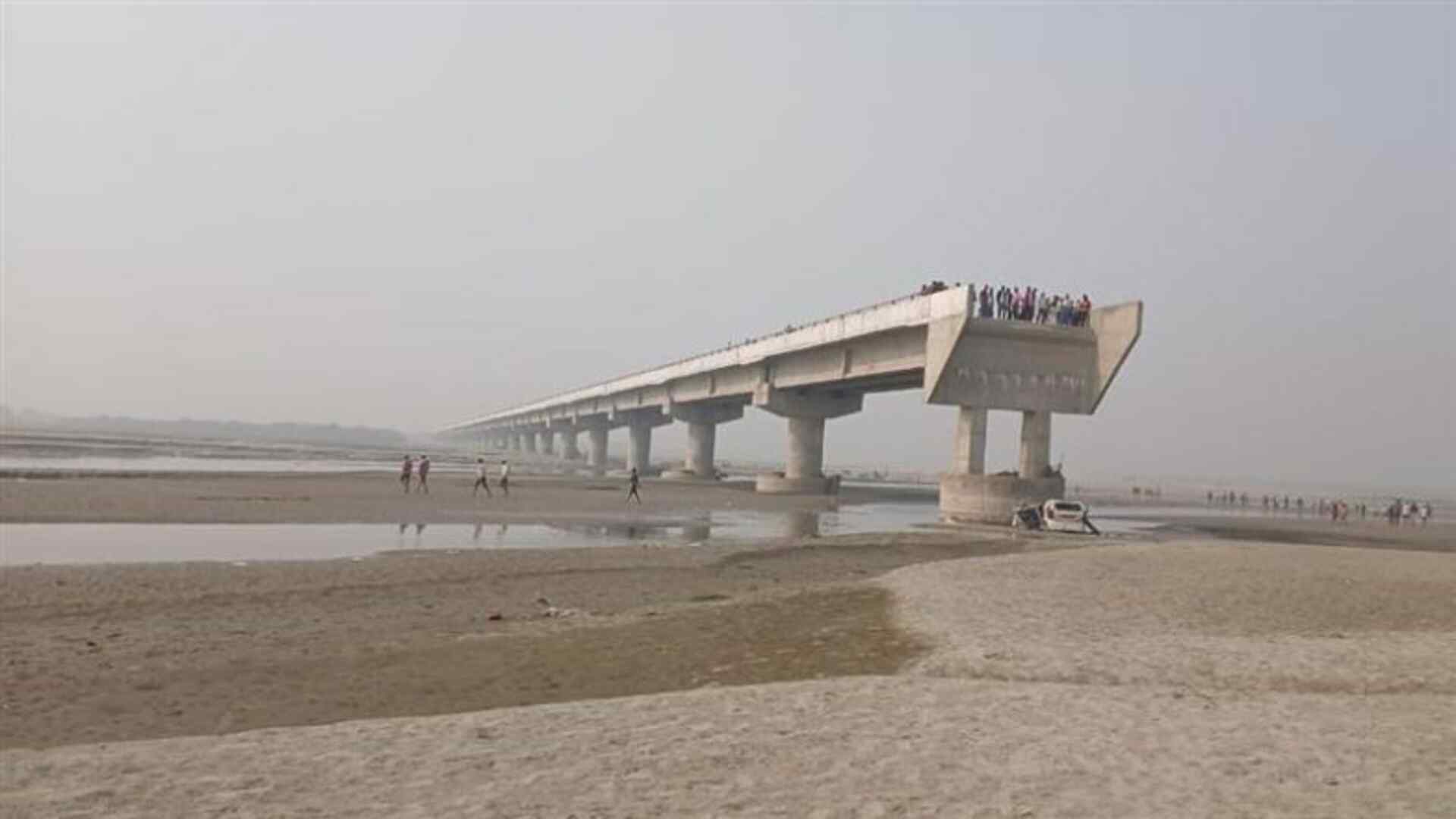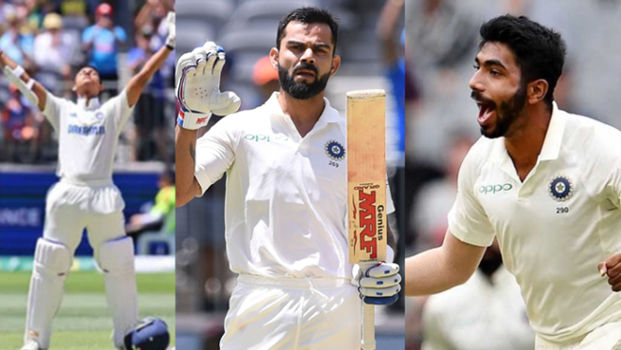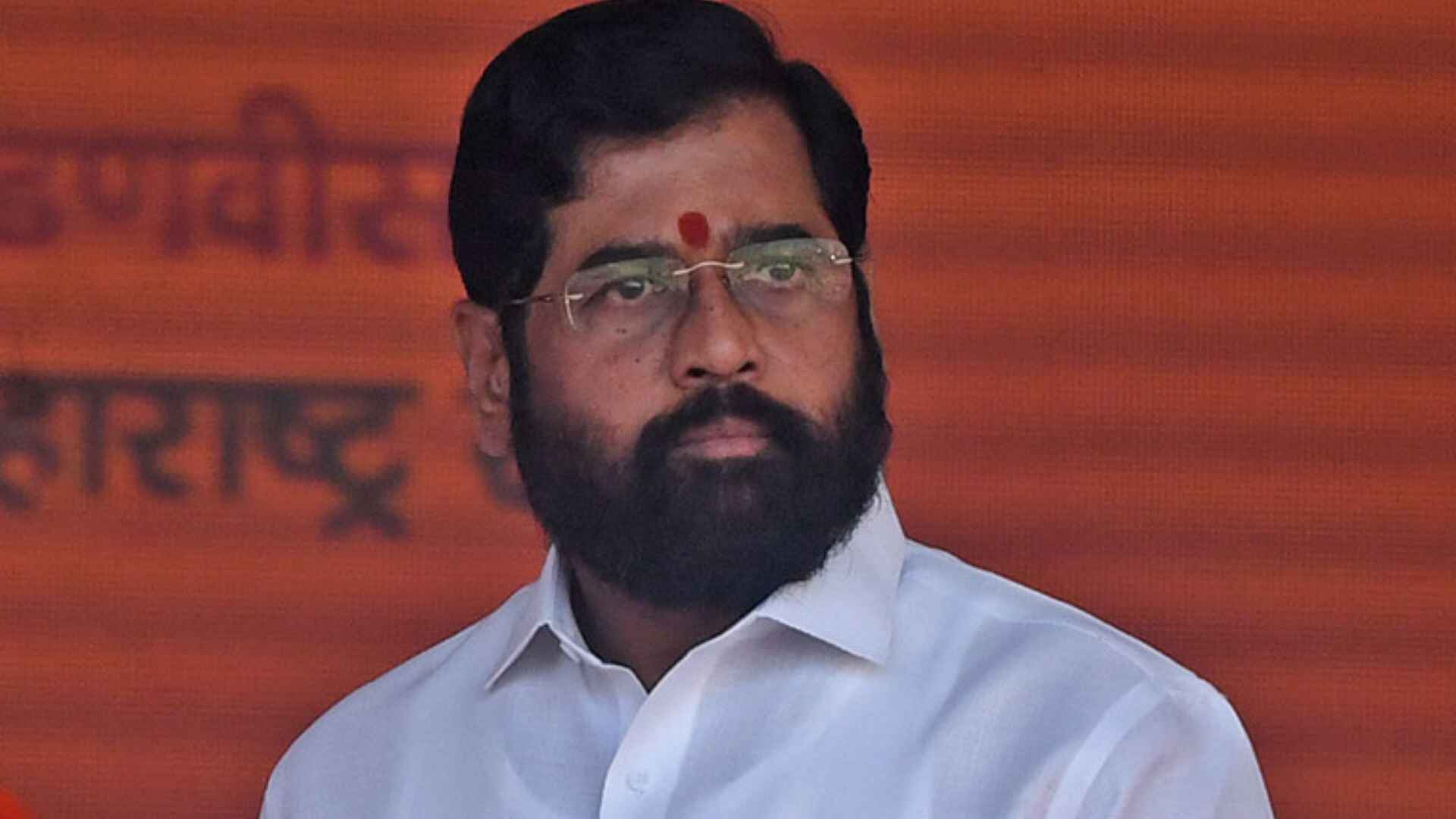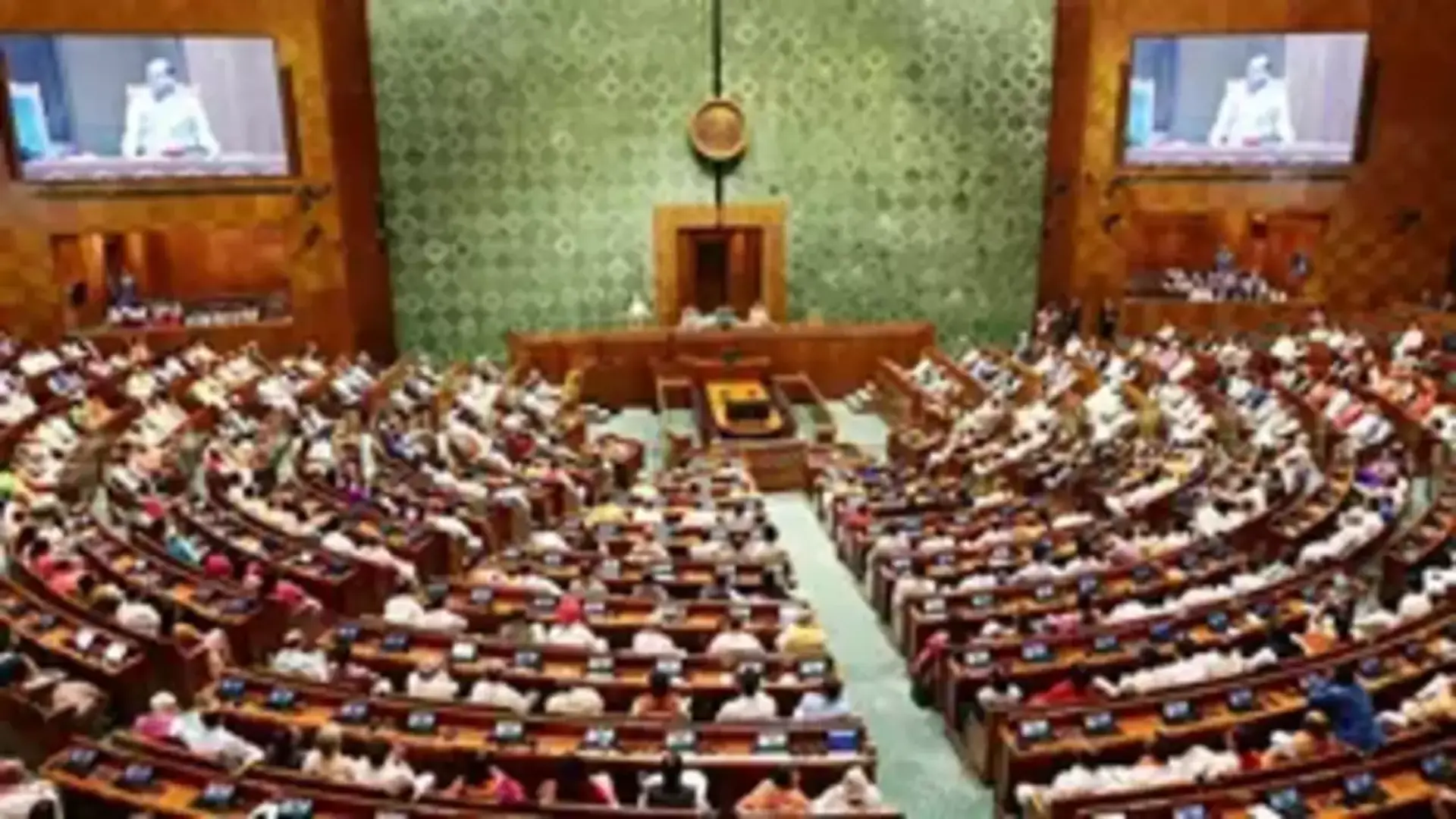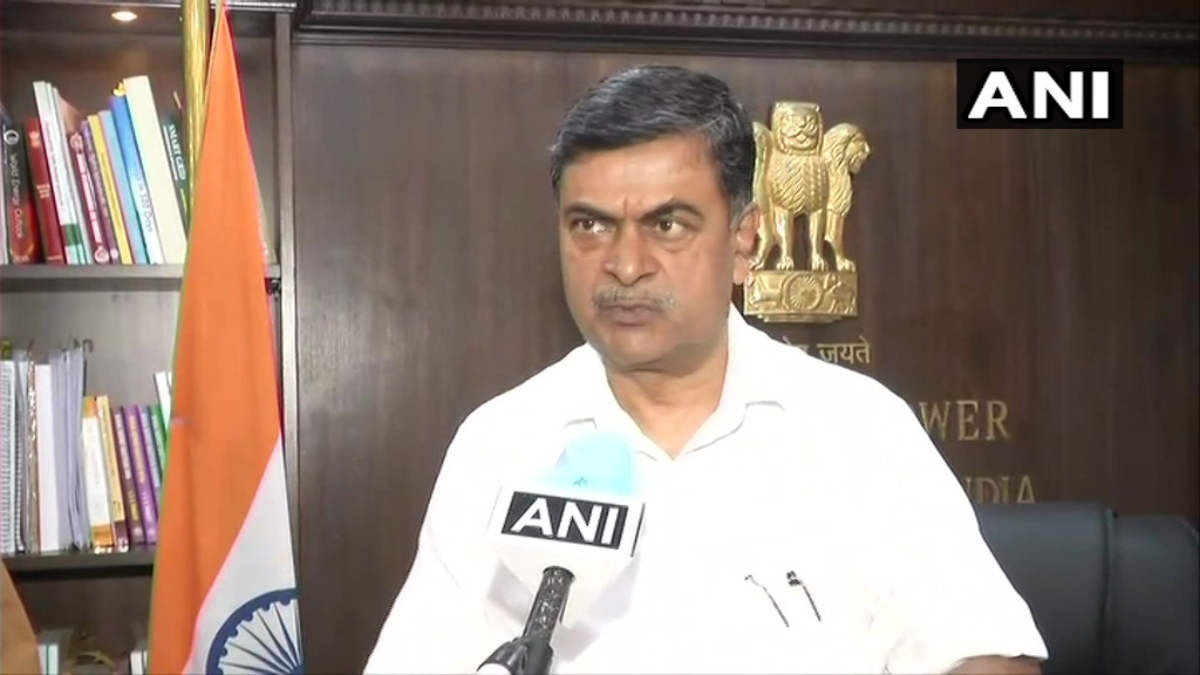
The Smart Meter National Programme would be promoted under the Make in India initiative steered by the Government of India, Union Minister of Power & New and Renewable Energy, R K Singh, said at a CII conference on Smart Metering, on 27 January 2022. Singh said the prepaid metering programme is backed by upcoming schemes and policies of the government.
Speaking on the issues of high AT&C losses, inefficient distribution and billing, Minister said the Government is striving to adopt Smart Prepaid Meter technology as a solution to overcome the challenges of billing and collection losses of the DISCOMs and make the billing process convenient for the consumers. The Smart Meter programme would address these and in time to come the tariff switch over will support the consumer and bring efficiency for seamless integration of emerging technologies in automation and control.
Minister added that providing subsidies is an issue and the State governments are struggling with it. This is a major challenge for implementation of any new plans like smart metering and to address these, an efficient Technology and IT system is required with active participation from all stakeholders.
He added that the Government is keen to roll out meters and to standardize the outputs in the smart meter for the distribution companies. Therefore, it is must that the discoms have an IT cadre and capability to implement security measures. “The Power-System of the country will be made future ready based on Information Technology, and we are going to promote #MakeInIndia Smart Prepaid Meters,” he said.
Singh further said the prepaid smart metering may have issues of reconnection and these would be resolved before the implementation of the Programme. This payment security is intended to make a change in the structure of the power structure – with low disconnection rate, more efficient and secure systems, payment security mechanisms and letter of credit etc. to be issued by DISCOMs to GENCOs for drawing power. This new mechanism is being mulled over where if there is default after a considerable number of days, the access would be disrupted.
Singh said energy transition in India is the fastest in the world and India is expected to be a leader in storage, and in hydrogen. The MNRE and MOP are working on it and within few days the government would be notifying the first National Hydrogen Policy and inviting Industry’s comment on the same with the vision to be the lead exporter in green hydrogen.
The minister said the government wanted to have time of the day tariff with the injection more and more renewable power. “One of the options is switch over the entire structure to pre-paid and time of the day tariff or we switch over only bigger consumers to time of the day tariff. We will switch to time of the day tariff,” said Shri Singh. All smart meters, that will be rolled out, will have to be pre-paid.
Alok Kumar, Secretary, Ministry of Power, Government of India, said smart metering is a major component and an inevitable part of the DISCOM reforms, with two major objectives – efficiency improvements in discom working and the other is to make the systems future ready.
e said that India’s power sector faces high AT&C losses at 20% compared to the loss in Bangladesh which is 11.9%. This requires that the challenges are met and there is an efficient distribution and transmission system. Talking about the Revamped Distribution Sector Scheme (RDSS), Kumar said the government of India has approved the RDSS to help DISCOMs improve their operational efficiencies and financial sustainability. The scheme provides result-linked financial assistance to DISCOMs to strengthen supply infrastructure and achieving basic minimum benchmarks. There would be time bound periodic regular audit, as huge data would be generated which requires to be analysed intelligently for the distribution and the DISCOM markets.
The 1st phase of supply of 10 crore meters is one of the highest-level interventions and its fast roll out has been carefully thought to address the consumption together with area wise consideration to enable sharp cost. Once developed the model would be replicated to ensure that there is accelerated rapid development of the systems to be future ready.
He said that there would be installation of 25 crore meters by 2025 with subsidy from 15% to 22% in implementation phase and in special case for states may also receive subsidy up to 33%, provided the reading is collected on regular basis. The Government has come out with standard bid document as it desires private sector participation with good payment security, measurement, and contractual obligation with a fair equitable distribution of risks. He added that this has been done in depth consultation with all stakeholders and only those bidders who have proved their capabilities will be allowed to bid.
Kumar further said that flexibility is required not only from generation but also from the demand side. The MoP would be engaging extensively with the consumer. A mobile app is being developed and would be launched in March to connect with consumers.
He said the shortage of chips has impacted the programme. Instead of 1 crore meter, only 36 lakh meters have been received but the issue would be addressed in the next 3-4 months. He concluded his remarks by saying that the whole model of RDSS is designed to attract large scale private capital and efficiency for competencies, urging the industry to give their comments and suggestion for improvement.
Rajiv Ranjan Mishra, Co-Chairman, CII National Committee on Power and Managing Director, Apraava Energy, said that Advanced Metering Infrastructure solution obtains information from the end users’ load devices and measures the energy consumption of the consumers and then provides added information to the utility company and/or system operator. He said that the MOP has worked relentless for the present RDSS and Results Linked Distribution Sector with the objective providing support to DISCOMs to ensure 100% System metering, implementing Prepaid Smart Metering, Energy Accounting, and implementing infrastructure works for Loss Reduction There is an ambitious programme for the installation 10crore meters by 2023 and 25 crore by 2025. Together with modernization and System Augmentation to improve the quality and reliability of power supply.
Praveer Sinha, Co-Chairman, CII National Committee on Power and CEO & Managing Director, Tata Power, complimented the government for the visionary plan of RDSS, and said it is laying of the foundation of the technology and the IT systems which is related to start up and AI. This would ensure that the electricity supplied is data based with information on the usage pattern, with respect to the RE and the optimization of the supply. There would be quality data and indication of the consumption pattern indicating the type of RE required. He said smart meter benefits are far than a large which will revolutionize the electricity sector, adding state-of-the-art functions and services to enhance value for the consumers and fuel economic growth.
Anil Rawal, Managing Director & CEO, IntelliSmart Infrastructure Private Limited, said that the flexibility for the consumer will be when there will be right data.
The large-scale installation of smart meters involves consumer awareness and development of consumer engagement strategies focusing on awareness creation, participation, and redressal mechanisms to unleash the full benefits. The distribution sector is getting right focus now He said the investments made now will be yielding results in future.
There needs to be a pricing which is in range. He added that the benefits associated with smart meter are multidimensional in terms of reduced billing errors, shortened billing cycle and revenue collection, real time monitoring and quick detection of meter irregularities. This can draw value as due to reduced response time. Further the consumers would be benefitted by better access to data on energy use, billing that can be verified by them and improved rate options and access to power quality data.
